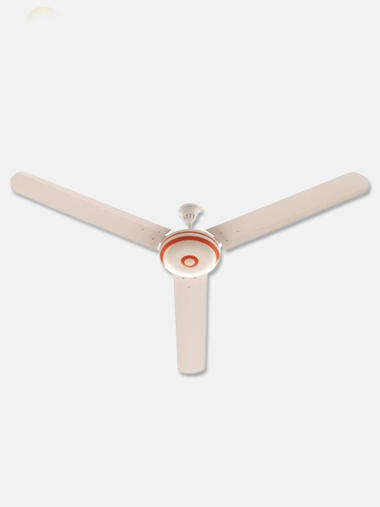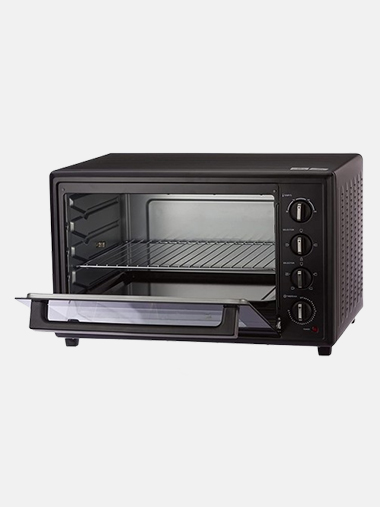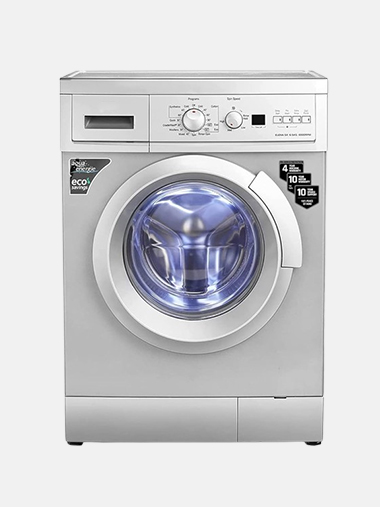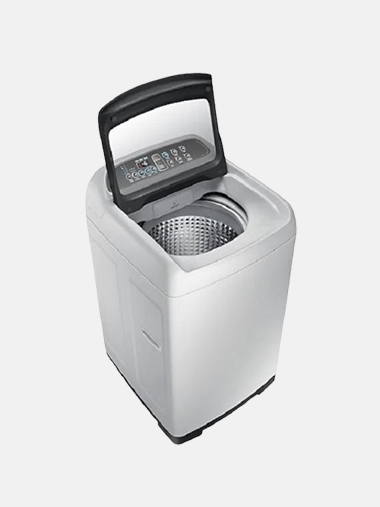Ceiling Fan 56″
Ceiling Fan 56″- Home
- Products
- Electric Fan
- Ceiling Fan 56″
Ceiling Fan 56″
A ceiling fan is a common household appliance used for air circulation and cooling in indoor spaces. It consists of a motorized unit mounted to the ceiling, which drives a set of rotating blades. When the fan is turned on, the blades spin, creating airflow that helps to distribute air throughout the room.
Motor: The motor is the central component of the ceiling fan, responsible for driving the rotation of the blades. Ceiling fans may have different types of motors, including AC motors and more energy-efficient DC motors.
Blades: The blades of a ceiling fan are typically made of wood, metal, or plastic, and they come in various shapes and sizes. The number of blades can vary, with most ceiling fans having three, four, or five blades.
Blade Pitch: Blade pitch refers to the angle at which the blades are set relative to the horizontal plane. A steeper blade pitch typically results in greater airflow and air circulation.
Housing: The housing or canopy is the casing that encloses the motor and electrical components of the ceiling fan. It is typically mounted to the ceiling using a bracket or mounting kit.
Mounting Options: Ceiling fans can be mounted in different ways, including flush mount (directly against the ceiling), downrod mount (with a downrod extending from the ceiling), or angled mount (for sloped ceilings).
Controls: Ceiling fans may come with various control options, including pull chains, wall-mounted switches, remote controls, or smart home integration for voice control and automation.
Lighting: Many ceiling fans are equipped with built-in lighting fixtures, such as integrated light kits or sockets for attaching light bulbs. These lights provide both illumination and functionality in addition to the fan's cooling effect.
Reversible Motor: Some ceiling fans feature a reversible motor, which allows the direction of the fan blades to be changed seasonally. In the summer, the fan can be set to spin counterclockwise to create a cooling breeze, while in the winter, it can be set to spin clockwise to circulate warm air trapped near the ceiling.
Ceiling fans are an energy-efficient and cost-effective way to improve comfort in both residential and commercial spaces. They can help to lower energy bills by reducing the need for air conditioning or heating, and they come in a wide range of styles and designs to complement any decor.
Other Products you may be interested!
Product Categories
Contact Us
- Address: House# 5 (2nd Floor), Road# 7, Block# F, Banani, Dhaka-1213.
- Phone: +88 02 55041896, 02 226603195
- Mobile: +880 1700 764494
- Email: info@bondsinternationalltd.com






